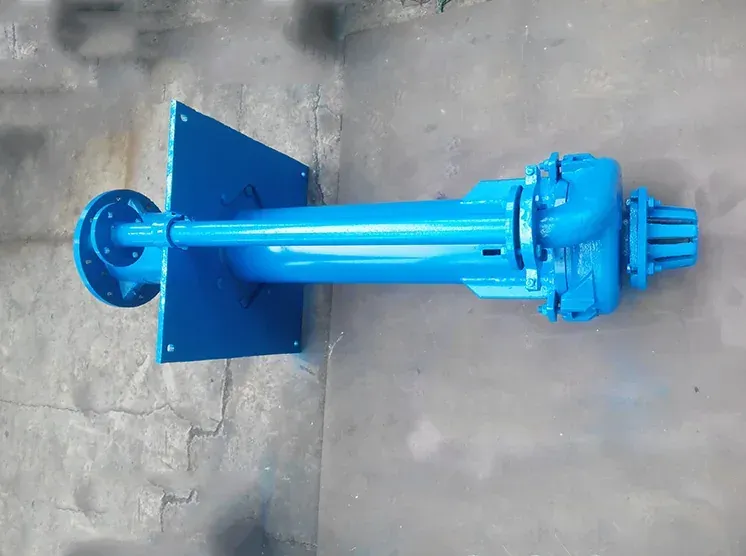Galician
- Afrikaans
- Albanian
- Amharic
- Arabic
- Armenian
- Azerbaijani
- Basque
- Belarusian
- Bengali
- Bosnian
- Bulgarian
- Catalan
- Cebuano
- Corsican
- Croatian
- Czech
- Danish
- Dutch
- English
- Esperanto
- Estonian
- Finnish
- French
- Frisian
- Galician
- Georgian
- German
- Greek
- Gujarati
- Haitian Creole
- hausa
- hawaiian
- Hebrew
- Hindi
- Miao
- Hungarian
- Icelandic
- igbo
- Indonesian
- irish
- Italian
- Japanese
- Javanese
- Kannada
- kazakh
- Khmer
- Rwandese
- Korean
- Kurdish
- Kyrgyz
- Lao
- Latin
- Latvian
- Lithuanian
- Luxembourgish
- Macedonian
- Malgashi
- Malay
- Malayalam
- Maltese
- Maori
- Marathi
- Mongolian
- Myanmar
- Nepali
- Norwegian
- Norwegian
- Occitan
- Pashto
- Persian
- Polish
- Portuguese
- Punjabi
- Romanian
- Russian
- Samoan
- Scottish Gaelic
- Serbian
- Sesotho
- Shona
- Sindhi
- Sinhala
- Slovak
- Slovenian
- Somali
- Spanish
- Sundanese
- Swahili
- Swedish
- Tagalog
- Tajik
- Tamil
- Tatar
- Telugu
- Thai
- Turkish
- Turkmen
- Ukrainian
- Urdu
- Uighur
- Uzbek
- Vietnamese
- Welsh
- Bantu
- Yiddish
- Yoruba
- Zulu
Telephone: +86 13120555503
Email: frank@cypump.com
Dec . 10, 2024 06:01 Back to list
slurry pump power calculation
Understanding Slurry Pump Power Calculation
Slurry pumps are essential in various industries, including mining, construction, and wastewater management, where they are used to transport mixtures of liquid and solid particles. The efficiency and design of these pumps largely depend on accurate power calculations, which determine how much energy is needed to operate them effectively. In this article, we will explore the key aspects involved in slurry pump power calculation, discussing the factors influencing it and providing a step-by-step guide for accurate estimation.
What is Slurry?
Before delving into power calculations, it’s important to understand what slurry is. A slurry is a mixture of liquid and solid particles, often in a suspended state. The properties of the slurry—such as its density, viscosity, and particle size—can significantly impact the performance of the pump. Typically, slurries may contain fine particles (like silt or clay) or coarse aggregates (like gravel or sand).
Factors Influencing Slurry Pump Power Calculation
1. Flow Rate The flow rate (measured in cubic meters per hour or gallons per minute) is a critical factor in determining the power requirement of the pump. Higher flow rates often result in increased power needs.
2. Head The head refers to the height that the slurry needs to be lifted. It includes the total dynamic head (TDH) which is the combination of static head, friction losses, and velocity head. In general, the higher the head, the more energy required.
3. Slurry Density The density of the slurry (measured in kilograms per cubic meter or pounds per gallon) influences the mass that the pump has to move. A denser slurry will require more power to pump.
4. Viscosity The viscosity of the slurry affects how easily it can flow. Higher viscosity slurries require more energy to pump because they offer more resistance to flow.
5. Pump Efficiency Different pumps have varying efficiencies. The efficiency of the slurry pump needs to be considered to obtain the true power requirement. It is usually expressed as a percentage (e.g., 70% efficiency means that only 70% of the input power is converted into useful work).
Slurry Pump Power Calculation Formula
slurry pump power calculation

To calculate the power required for a slurry pump, the following formula can be used
\[ \text{Power (kW)} = \frac{(Q \times \rho \times g \times H)}{(3,600 \times \eta)} \]
Where - \( Q \) = Flow rate (m³/s) - \( \rho \) = Density of the slurry (kg/m³) - \( g \) = Acceleration due to gravity (approximately 9.81 m/s²) - \( H \) = Total dynamic head (m) - \( \eta \) = Pump efficiency (expressed as a decimal)
Step-by-Step Power Calculation
1. Determine the Flow Rate (Q) Measure or estimate the flow rate of the slurry.
2. Assess the Slurry Density (ρ) Obtain the density of the slurry, typically from laboratory analyses or manufacturer data.
3. Calculate Total Dynamic Head (H) Evaluate the vertical lift and any friction losses within the system.
4. Estimate Pump Efficiency (η) Refer to manufacturer specifications to find the efficiency of the chosen pump model.
5. Plug Values into the Formula Insert the values into the power calculation formula to compute the required power.
Conclusion
Understanding slurry pump power calculations is crucial for selecting the right equipment and ensuring efficient operations in industries where slurry transport is critical. By considering key factors such as flow rate, slurry density, total dynamic head, and pump efficiency, operators can accurately determine the power requirements of their slurry pumps. This not only aids in the performance optimization of the pumping system but also enhances the longevity of the equipment, ultimately leading to cost savings and improved workflow. Careful planning and execution of these calculations form the backbone of effective slurry handling systems.
-
Horizontal Split Case Pump with GPT-4 Turbo | High Efficiency
NewsAug.01,2025
-
ISG Series Pipeline Pump - Chi Yuan Pumps | High Efficiency, Durable Design
NewsAug.01,2025
-
Advanced Flue Gas Desulfurization Pump with GPT-4 Turbo | Durable & Efficient
NewsJul.31,2025
-
ISG Series Vertical Pipeline Pump - Chi Yuan Pumps | Advanced Hydraulic Design&Durable Construction
NewsJul.31,2025
-
ISG Series Vertical Pipeline Pump - Chi Yuan Pumps | Energy Efficient & Low Noise
NewsJul.31,2025
-
pipeline pump - Chi Yuan Pumps Co., LTD.|High Efficiency&Low Noise
NewsJul.31,2025










